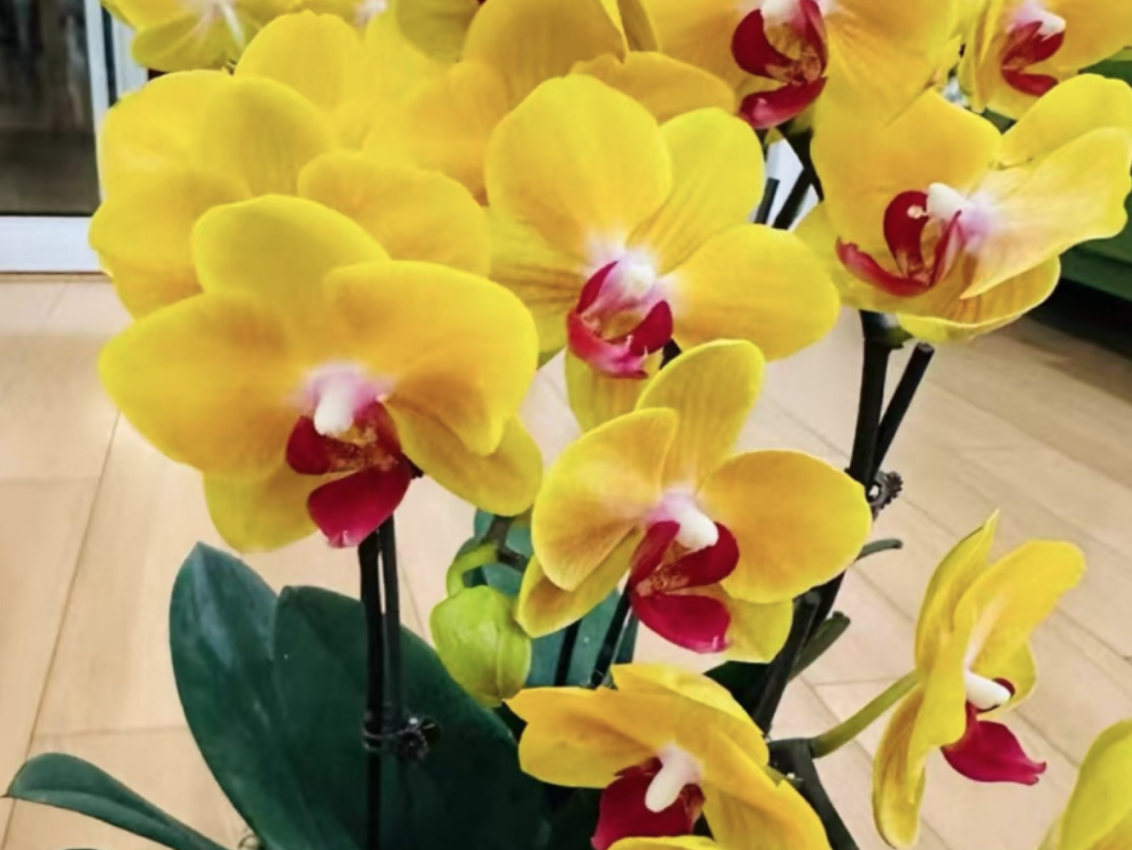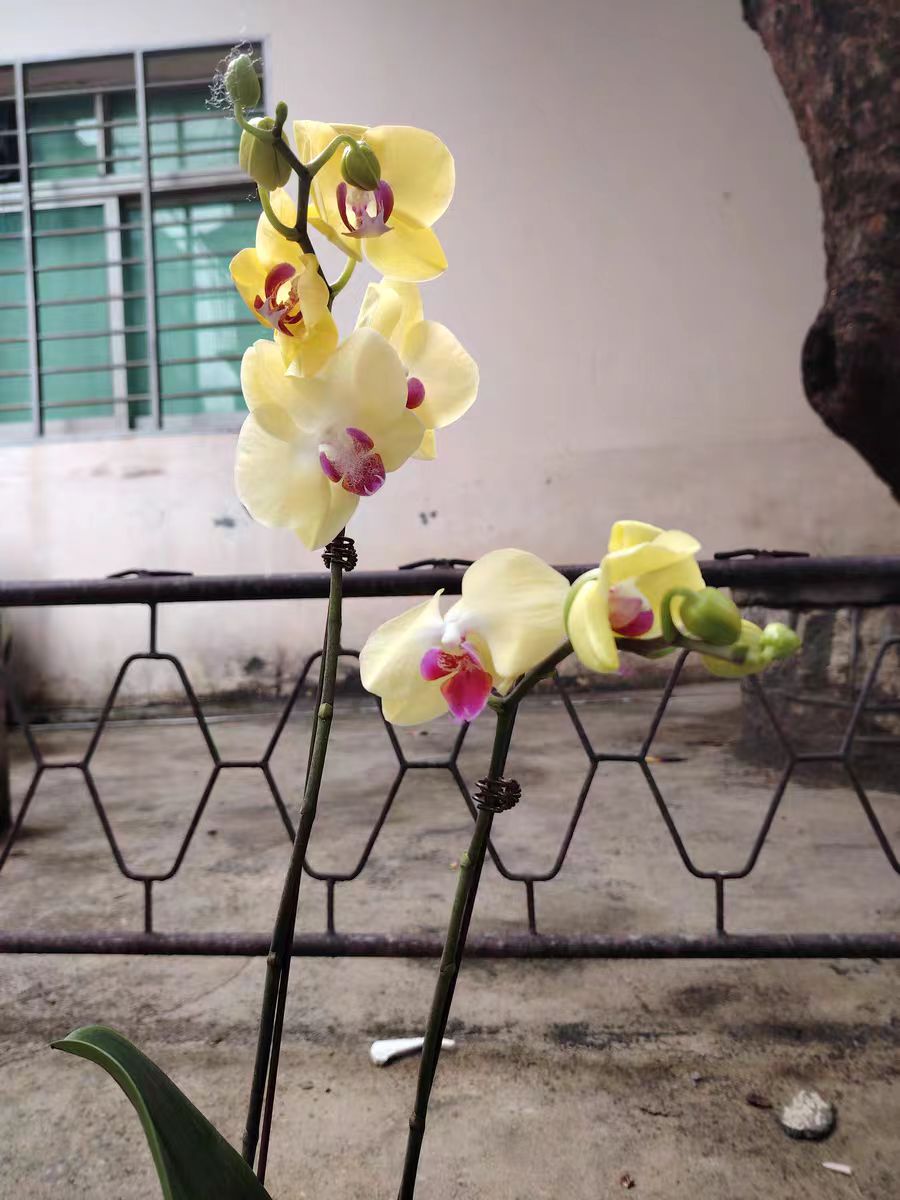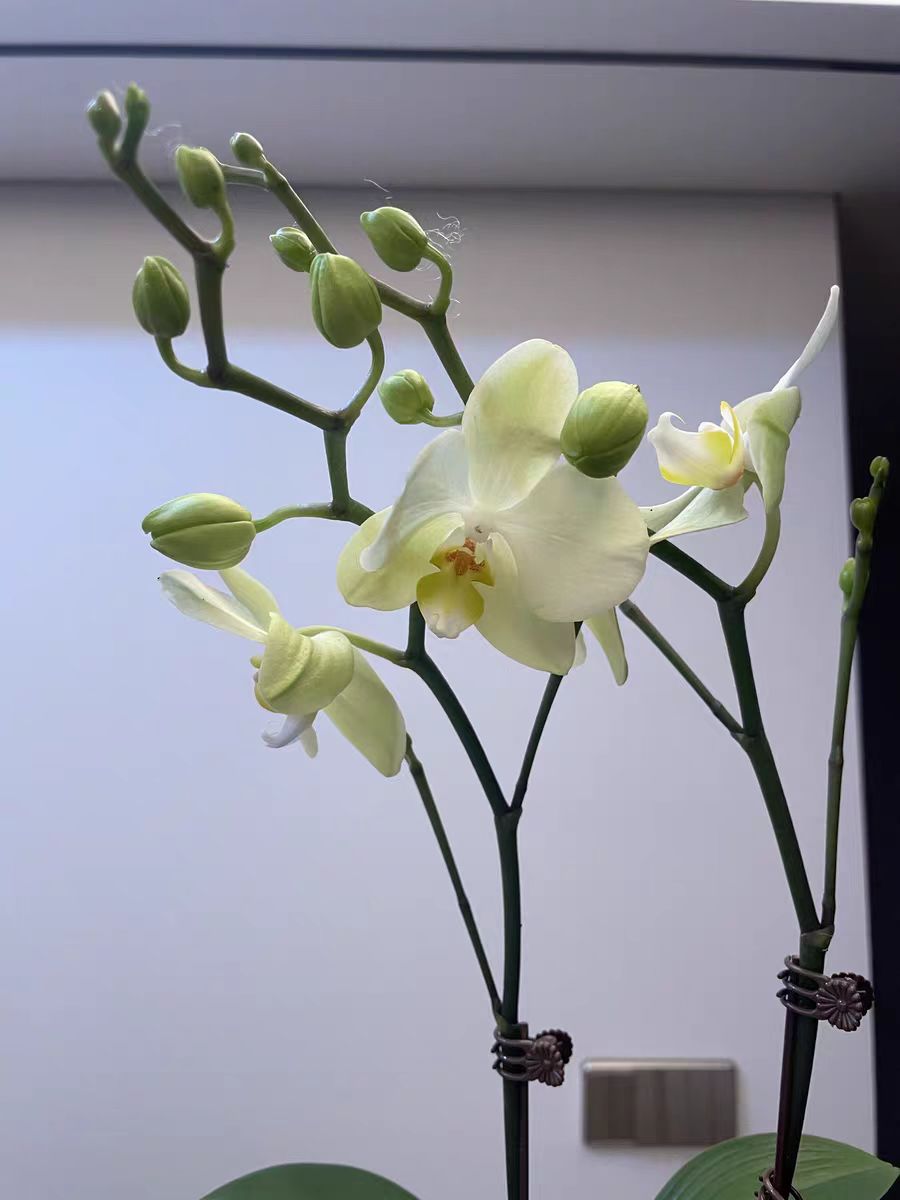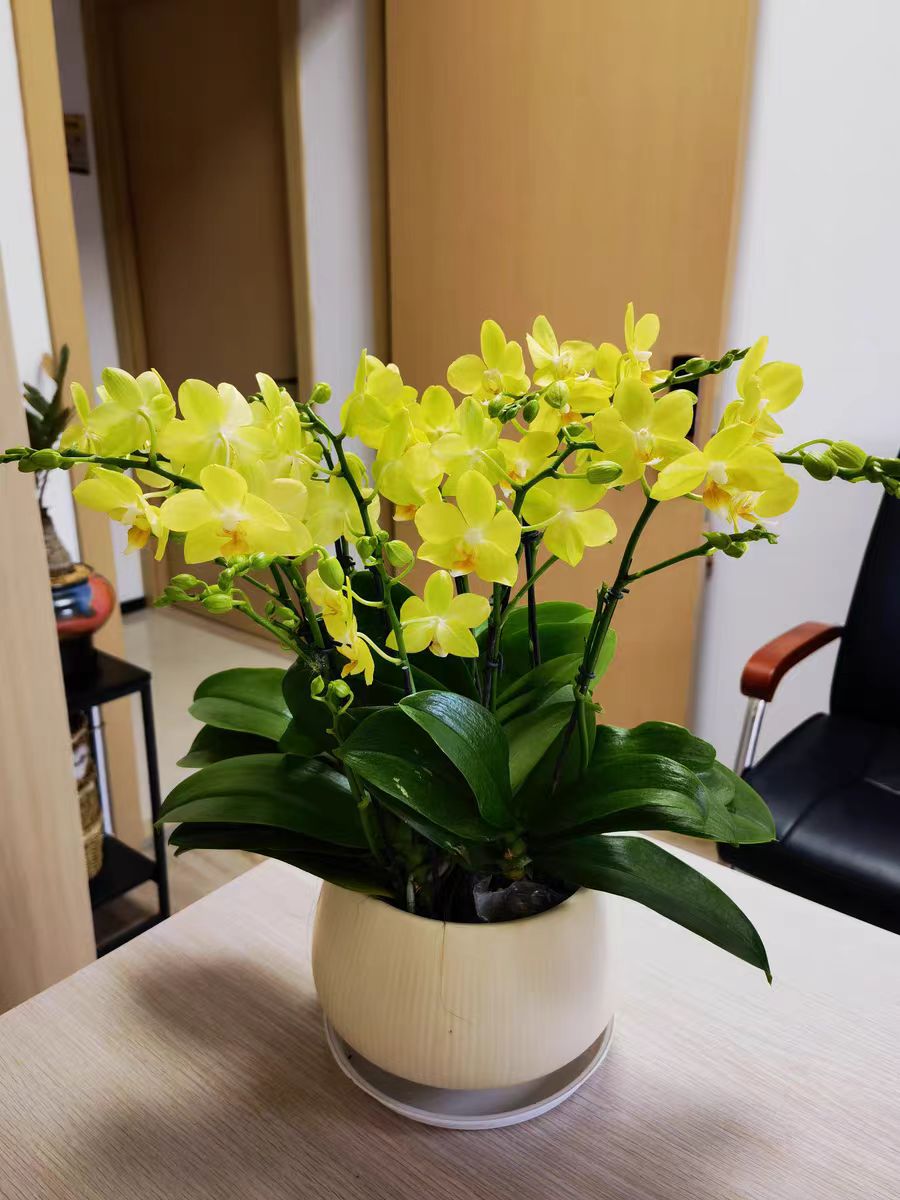As we step into October, the weather in many northern regions is getting colder and colder, but friends in southern regions still turn on air conditioners every day to "escape the heat". However, for phalaenopsis, the air conditioning wind may be a "hidden killer" in its life. Let's take a deeper look below.
Why is the air conditioning wind so harmful to phalaenopsis? That's because the air conditioning wind is usually relatively dry and has a low temperature, both of which are disliked by phalaenopsis. Phalaenopsis is a tropical rainforest plant. By nature, it likes a humid and warm environment. If it is placed under the air conditioning wind for a long time, the leaves of the plant will become dry and curled, and even the whole plant will become listless.
In addition to saying that phalaenopsis should not be exposed to air conditioning wind, the rapid cooling of air conditioners is also the most feared by the roots of phalaenopsis. Because most of the roots of orchids are slender fibrous roots, their characteristic is that they are very "sensitive". As soon as they sense a sudden drop in external humidity, they will immediately lose vitality. In mild cases, the flowering period of flowers will be shortened. In severe cases, it will lead to hindered growth and even death.
In conclusion, the air conditioning wind is a stumbling block to the growth of phalaenopsis. In addition to the humidity problem, long-term exposure to the air conditioning wind and different temperature changes will also disrupt the normal growth of phalaenopsis.
So, after knowing the unfavorable factors brought by the air conditioning wind to phalaenopsis, how should we avoid it when turning on the air conditioner at home daily? First of all, of course, stay away from the position of the air conditioner outlet so as to reduce the impact of the air conditioning wind on the plant. Then, you can place a humidifier or some water basins around the plant to increase the humidity around the room. Finally, try to adjust the temperature and wind speed to a low level in the air-conditioned room to reduce interference with the growth environment of phalaenopsis.
Conclusion: In an indoor room with the air conditioner turned on, remember to move the phalaenopsis to a relatively windless position. At the same time, you can also increase the indoor humidity. The humidity range that phalaenopsis loves the most is about 70% - 80%. If the temperature cannot be maintained within this range, it may affect the normal development of leaves and roots.
Is it easy to raise phalaenopsis in an air-conditioned room?

Share with
Tagged in :




Leave a Reply